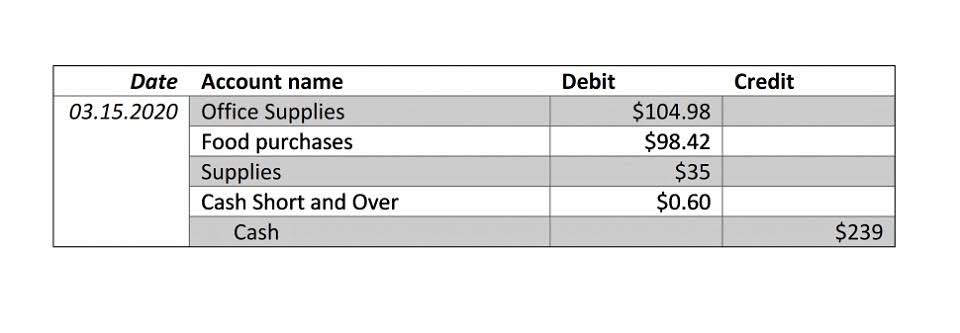Outstanding shares are the total number of shares issued by the company except the ones held in the company treasury. It includes all the shares held by public, institutional investors and company insiders and are used to determine the market capitalisation of the company. The formula for determining the outstanding shares is the number of shares outstanding x current share price.
Companies typically use reverse splits to increase their share price to meet minimum exchange listing requirements. Although this decreases liquidity due to fewer shares, it can deter short sellers by making it harder to borrow shares for short selling. When a company executes a stock split, the number of outstanding shares rises. Stock splits are often initiated to lower the share price, making it more accessible to retail investors and enhancing market liquidity. For example, in a 2-for-1 stock split, the share price is halved, but the outstanding shares double, improving affordability and attracting a broader investor base. The profit and loss statements in nearly every corporate earnings press release will include both basic and diluted shares outstanding.
Can you find the Total Number of Outstanding Shares of a Company in SEC?
In the case of Apple, this shows that the company had 15,552,752,000 shares of common stock “issued and outstanding” as of October 20th, 2023. When evaluating a company’s stock, it’s important to distinguish between shares outstanding and floating shares, as these figures provide insights into the stock’s liquidity and voting power. Here, the balance sheet reports 8,019 million shares issued and 3,901 million treasury shares, as of September 30, 2022. And a company can’t issue more shares than there are authorized shares.
Option and warrant shares are added using the treasury stock method. Convertible debt is treated on an “as-converted” basis if the company’s stock is trading above the conversion price. Options and warrants are one aspect of the difference between basic shares outstanding and diluted shares outstanding. In other words, the treasury stock method accounts for the cash that will come in from option and warrant exercise, and assumes that the cash received will offset a portion of the shares issued. The reason for that is that most public companies have instruments that provide for shares to be issued in the future. These instruments include stock options, stock warrants, and convertible debt.
A company may have 100 million shares outstanding, but if 95 million of these shares are held by insiders and institutions, the float of only five million may constrain the stock’s liquidity. Let us understand where investors and analysts can find the data regarding the total outstanding shares of a company through the points below. Shares outstanding are the current number of those shares that aren’t treasury shares. This is important to know because the number of shares outstanding can be far lower than the number of shares issued. This is followed by the number of issued shares and then the number of shares outstanding.
How to find the Total Number of Outstanding Shares of the Company?
Outstanding shares have a direct relationship with the P/E ratio i.e., the price-to-earnings ratio. Likewise, a decrease in outstanding shares will decrease the P/E ratio. Changes in outstanding shares can influence a company’s stock price, impacting investor sentiments. Understanding how to calculate outstanding shares is crucial for investors, financial analysts, and anyone involved in the stock market. In this comprehensive guide, we’ll delve into the intricacies of this essential financial concept, providing you with a clear and detailed roadmap.
How to Calculate Outstanding Shares?
Reverse splits and share buybacks decrease the number of shares outstanding. Stock splits and dilutions increase the number of outstanding shares. To issue more shares, the company would have to first increase the number of authorized shares. When a company creates more shares, those formula for outstanding shares shares become part of the shares outstanding. Penny stock companies can have hundreds of millions or even billions of shares outstanding.
Trading 101
In addition, most public companies don’t need to issue more shares, at least in the number required to bump up against the authorized maximum. To determine the outstanding shares, you must deduct the number of repurchased or retired shares from the total number of shares issued by the company. Investors can distinguish between authorized shares, which indicate the maximum number of shares a company can issue, and outstanding shares, which represent the number of shares the investors currently hold. There is a relationship between authorized and outstanding shares, although they represent different characteristics of a company’s stock. The number of outstanding shares can never surpass the maximum number of authorized shares. A company cannot issue further shares without modifying its articles of formation if it reaches its approved share limit.
- Restricted shares are the shares outstanding reserved for employees and insiders.
- Strike offers a free trial along with a subscription to help traders and investors make better decisions in the stock market.
- A company issues outstanding shares when it decides to raise funds by selling ownership in the company to investors.
- One key goal of the diluted share figure is to appropriately calculate earnings per share accounting for all of the potential shares out there, whether currently existing or underlying other instruments.
- The number of outstanding shares influences market capitalization, a critical metric for valuing companies.
In addition, StocksToTrade accepts no liability whatsoever for any direct or consequential loss arising from any use of this information. This information is not intended to be used as the sole basis of any investment decision, should it be construed as advice designed to meet the investment needs of any particular investor. Past performance is not necessarily indicative of future returns. They also help traders classify stocks based on how liquid and volatile they are.
Company
The company must make a predetermined dividend payment to preferred shareholders before distributing dividends to common shareholders. They cannot vote in most cases; however, there are exceptions in certain situations. First, the company’s balance sheet is in its recent financial statement. Public companies file financial reports with regulatory bodies such as the U.S. Companies either file a 10-K (annual report) or a 10-Q (quarterly report).
- The same is true for convertible debt, which allows holders to either be repaid in cash or convert the debt into equity at a pre-set per-share price.
- A company issuing a significant number of potential shares through the conversion of securities will result in its diluted EPS being lower than its basic EPS.
- Outstanding shares refer to the total number of shares issued and currently held by shareholders.
The calculation of diluted shares can affect earnings per share (EPS), a crucial financial indicator used to evaluate a company’s profitability. A company issuing a significant number of potential shares through the conversion of securities will result in its diluted EPS being lower than its basic EPS. Outstanding shares can refer to both types of shares, common and preferred, as they don’t represent a specific type of share but rather the total number of shares held by investors. They stand for the ownership stake in the company offered for sale on the public market and can be bought and sold at any time. The importance of outstanding shares stems from their ability to give information about a company’s financial situation and potential.
Shares outstanding is a financial number that represents all the shares of a company’s stock that shareholders, including investors and employees, currently own. A higher number of outstanding stocks means a more stable company given greater price stability as it takes many more shares traded to create a significant movement in the stock price. Contrary to this, the stock with a much lower number of outstanding stocks could be more vulnerable to price manipulation, requiring much fewer shares to be traded up or down to move the stock price.
Outstanding shares are the total shares of a company that is being owned by shareholders while float on the other hand is the number of shares that are available for trading by members of the public. The figure for outstanding shares is useful for an investor to know, especially for an investor that is contemplating buying shares in a company. When you divide the number of shares purchased by the number of shares outstanding, it reveals the percentage of ownership that the investor will have in the business after the shares have been purchased. Also, look at the line item for treasury stock which is making reference to the shares that have been bought back from investors by the issuing company. If the corporation has never bought back shares from investors, then there will be no line item for treasury stock.
Shares that are closely held are those that are owned by key shareholders, insiders, and employees. Understanding stock splits, buybacks, and new issuances is crucial. These factors directly impact outstanding shares, influencing investment decisions. Company A issues 1000 shares, out of which 400 shares are floated to the public, 400 shares are held by company insiders and 200 shares are kept in the company treasury. Here, if you think the number of outstanding shares is 800, you are right.






